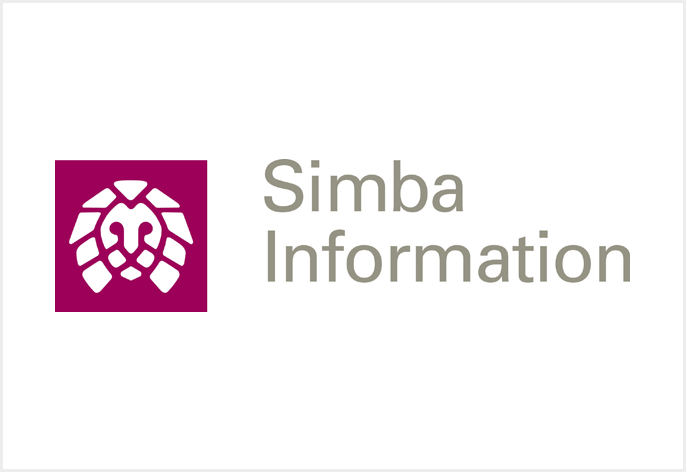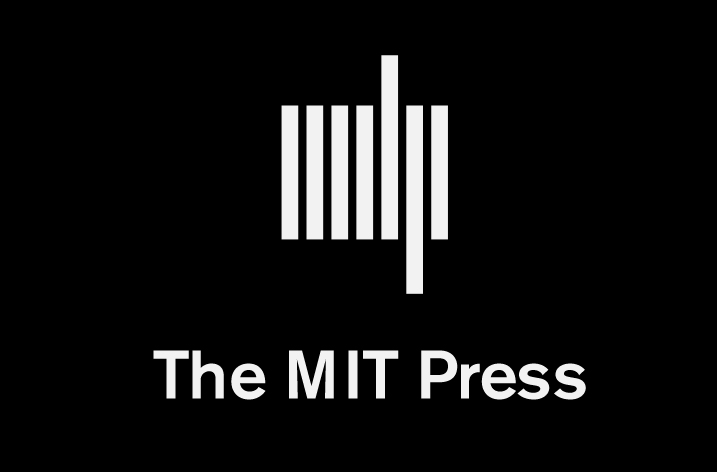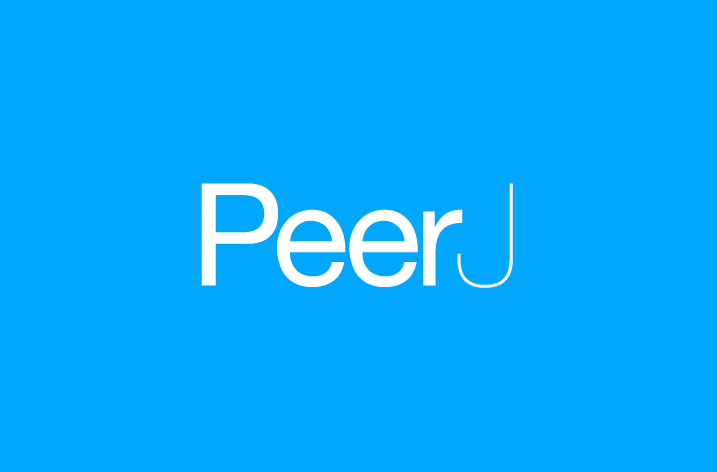
Coronavirus lockdowns, travel restrictions and trade disruptions made for a challenging year, but according to the most recent report from Simba Information, a leader in media and publishing intelligence; these factors did not keep the scientific and technical publishing market from posting underlying growth.
The report Global Scientific & Technical Publishing 2021-2025 found that total sales increased 0.4% to $10.5 billion in 2020. However, currency exchange fluctuations deflated growth. Simba Information estimates growth without the currency impact at 2.8%.
“The findings stand in stark contrast to forecasts of doom and gloom related to COVID-19’s impact and the move to open access,” said Dan Strempel, senior analyst of professional publishing at Simba Information. “Print books continue to fall, but that spending is migrating to e-books and other types of online content, databases and tools. Research spending and output, in terms of journal articles, both continued to grow.”
The number of articles published with funding from 33 key research organizations tracked by Simba Information grew 10.7% to 525,042 articles in 2020, according to information in the Crossref database.
The National Natural Science Foundation of China is the leading funder, backing 268,588 articles in 2020—a 9.2% increase from 245,966 in 2019. The U.S. National Institutes of Health is the No. 2 funder of articles with 71,951 in 2020, an 8% increase. The European Commission has a strong hold on the No. 3 position in the index, growing the number of articles funded by 18.6% as the Plan S open access mandate builds momentum. The German Federal Ministry of Education and Research and Japan’s Science and Technology Agency both showed growth in articles funded in excess of 20% in 2020.
There have been more reports of university libraries canceling their journal subscription packages in 2020 and 2021, but most are still subscribing to individual journals based on usage/importance to the researchers and faculty. As individual institutions choose to purchase subscriptions a la carte, their total spend with the large commercial publishers is reduced, but the market leaders are replacing it with the growth of revenue from open access fees. Others are signing transformative agreements, which support the growth of open access.
Pure open access publishers MDPI, PLOS and eLife were also found to be publishing significant numbers of articles backed by the world largest research funding bodies. The European Commission funded 6,304 articles published by MDPI, 13.3% of all articles funded by the EC in 2020. MDPI also has a strong link to the National Research Foundation of Korea, which funded 2,829 articles published by MDPI in 2020 — 12.3% of all the articles funded by the foundation. PLOS and eLife are strongly linked to the U.S. National Institutes of Health, publishing 1,125 and 944 articles respectively in 2020 that were financially backed by that agency.
Global Scientific & Technical Publishing 2021-2025 provides detailed market information for scientific and technical publishing, segmented by delivery medium: journals, books, online content, abstracting and indexing, and other activities (audio, video and CD-ROM). It analyzes trends impacting the industry and forecasts market growth to 2025. The report includes an in-depth review of 10 leading scientific and technical publishers, including Elsevie


























